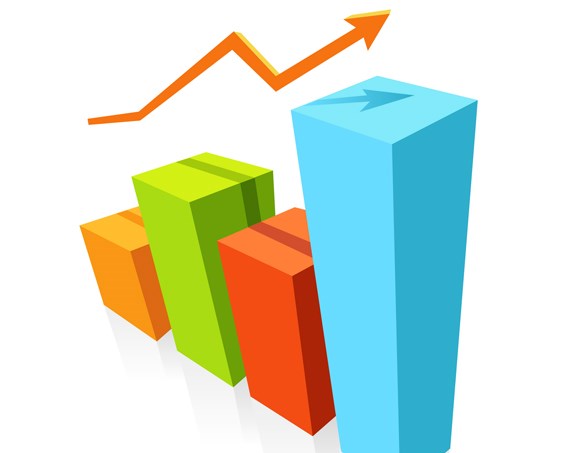Interest rates globally have been at rock bottom levels since the Great Recession, but the financial institution responsible for setting rates in the U.S., the Federal Reserve, finally increased them for the first time in almost a decade.
It's been so long since the Fed has raised rates, in fact, that many who work in the investment industry have never seen a rate hike as professionals.
Investors naturally want to know a couple of things. First, why did the Fed raise rates? And second, what are the implications for financial markets?
Interest is nothing more than the cost of capital. It's the rate charged by a lender to compensate for the time value of money. A dollar today is worth more than a dollar tomorrow, but just how much more is decided by the Fed through what's called the federal funds rate. It's the benchmark for all other interest rates in the U.S. economy - a mortgage, car loan, line of credit, life insurance premium and even the rate earned in a savings account at the bank.
Adjusting the federal funds rate is the main monetary mechanism by which the Fed effects the economy. When the economy is growing slowly, as it has since the Great Recession, the Fed pushes interest rates lower in order to stimulate lending by making borrowed money cheap and widely available within the economy. As the business cycle heats up and inflationary pressures rise, the Fed raises rates to slow things down. The reason they do this is to try to smooth out the business cycle and avoid big booms and busts.
"Rates can only go up" is something we've heard for the better part of five years. The Fed has chosen to act now because the economy has improved enough for it to do so. Unemployment, for example, has fallen from 10 per cent in 2009 to only five per cent today and the economy continues to create jobs at a healthy pace every month. Historically low interest rates are no longer needed to sustain growth and the Fed can now begin to slowly normalize policy.
It's been argued that expansionary periods in the economy don't die of old age but are killed by the Fed raising rates too fast which eventually chokes off the economy. The Fed has been more transparent than ever with financial markets this expansion and has made it clear raising rates too fast will not be the case going forward.
Further changes to interest rates will be dependent on economic data and monetary policy will remain accommodative longer than has historically been the case.
Low interest rates help increase the value of all asset classes, so a slow and steady path for rates going up is good for investors. Moreover, the Fed is implicitly giving the economy a vote of confidence with this move, as they were previously reluctant to raise rates due to the economic fragility that followed the Credit Crisis.
Our largest trading partner's economy continues to improve and interest rates will not be going up quickly anytime soon. This backdrop bodes well for investors in the stock market and this recent decision by the Fed should be welcomed.
Lori Pinkowski is a senior portfolio manager and senior vice-president, Private Client Group, at Raymond James Ltd., a member of the Canadian Investor Protection Fund. This is for informational purposes only and does not necessarily reflect the opinions of Raymond James. Lori can answer any questions at 604-915-LORI or [email protected]. Listen to her every Monday morning on CKNW at 8:40 a.m.



